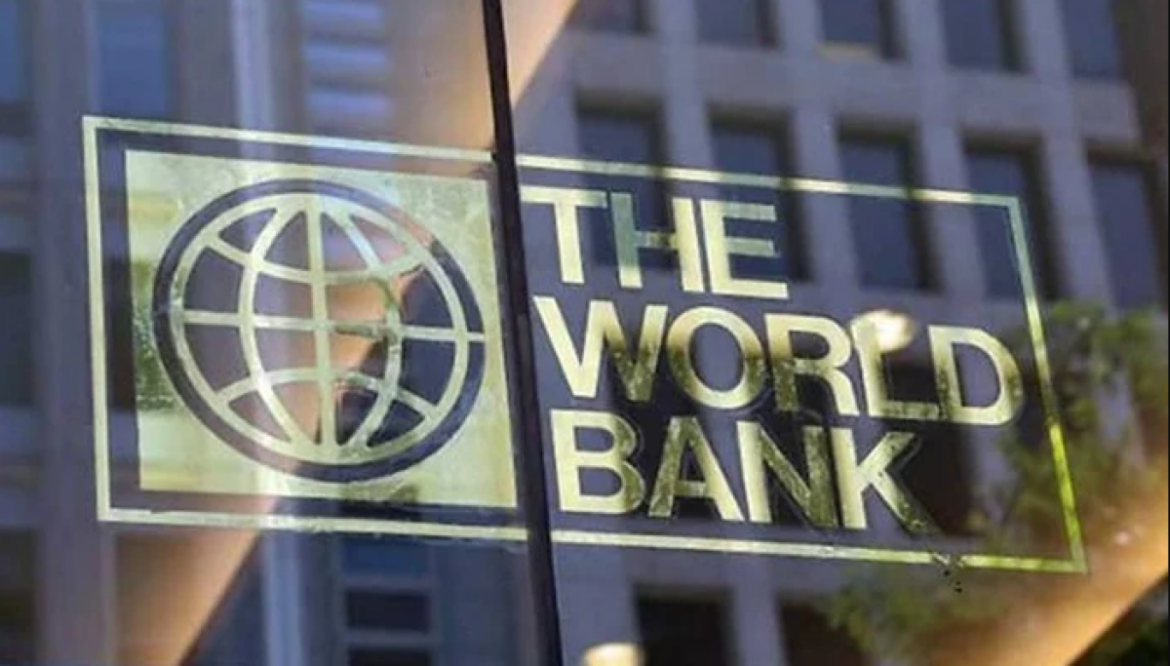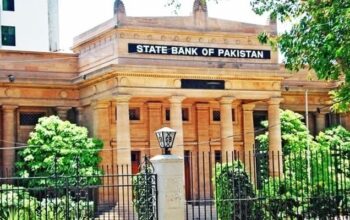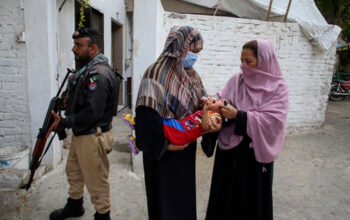By Staff Reporter
ISLAMABAD: The World Bank has trimmed its growth forecast for Pakistan to 2.7 percent for fiscal year 2025, a slight dip from its previous estimate of 2.8 percent, signaling that without sweeping structural reforms to bolster private investment and export strength, the country’s economic and poverty woes will persist.
In its latest “Pakistan Development Update: Reimagining a Digital Pakistan,” the bank ties this cautious outlook to a shaky macroeconomic picture, dependent on tight fiscal controls and global backing, with projections resting on disciplined economic management, the rollout of the IMF’s Extended Fund Facility, and the government’s URAAN Pakistan plan securing external financing.
The World Bank estimates Pakistan’s real GDP will grow by 2.7 percent in fiscal year 2025, ending June 30, 2025, fueled by private consumption and investment amid declining inflation, rising private sector credit, and improved business confidence.
Growth is expected to edge up to 3.1 percent in fiscal 2026 and 3.4 percent in fiscal 2027, though tight macroeconomic policies aimed at rebuilding fiscal and external buffers will cap the pace of expansion.
Even so, the bank warns this modest uptick won’t dent poverty much, with rapid population growth and scarce opportunities holding back progress. Inflation, meanwhile, is projected to drop to 5.0 percent in 2025, aided by softer commodity and energy costs plus a steady exchange rate, before rising to 6 percent in 2026 and 7 percent in 2027 as demand strengthens, energy prices climb, and new taxes kick in, keeping monetary policy on a tight leash.
On the sectoral front, agriculture growth is set to slip to 1.7 percent in 2025 after a sluggish start, rebounding to a 3.0 percent average over 2026-27 as weather disruptions ease. Industry is poised for a 1.7 percent uptick in 2025, lifted by construction and electricity gains, and should average 2.8 percent medium-term.
The current account is expected to notch a slim 0.2 percent of GDP surplus in 2025, with strong remittances cushioning a bigger trade gap, but deficits loom in later years as imports swell with rising demand and investment.
Exports face pressure from weaker global prices and trade jitters despite gradual gains. The fiscal deficit should stabilize at 6.8 percent of GDP in 2025, buoyed by a one-off State Bank profit transfer and consolidation efforts amid hefty interest costs, with a primary surplus hitting 1.8 percent. Public debt, including guarantees, is slated to reach 74.6 percent of GDP in 2025, peaking at 77 percent in 2026 before easing.
Poverty remains stubbornly high, stuck at 25.6 percent in early 2025 versus 25.4 percent in 2024, as tepid growth in agriculture, construction, and low-end services—key employers for the poor—stifles income gains. With population growth nearing 2 percent yearly, relief is elusive, and climate hits to crops like rice and maize may drive nearly 10 million, mostly rural, into acute food insecurity in 2025.
The World Bank insists transformative steps are non-negotiable: slashing red tape to lift the business climate, axing anti-export tariff biases, pivoting to broad direct taxes, shrinking government and state firms, and locking in a market-driven exchange rate. Without these, URAAN Pakistan’s lofty goals risk falling flat.
Risks abound, with the outlook hinging on IMF program success, political calm, and external cash flows. Slip-ups, reform lags, or shocks could unravel fragile confidence. High financing needs, fueled by debt deadlines and thin reserves, expose vulnerabilities, while trade protectionism, geopolitical strains, and slowdowns in markets like China could sap momentum. Weather extremes threaten farming and infrastructure.
Net financing outflows marked early 2025, leaning on domestic borrowing as public debt hit Rs80.6 trillion by December, up from 76.8 trillion in June, with 35 percent in foreign currency amplifying exchange-rate risks.
“Pakistan’s key challenge is to transform recent gains from stabilization into economic growth that is sustainable and adequate for poverty reduction,” said Najy Benhassine, World Bank Country Director for Pakistan. “High-impact reforms to prioritize an efficient and progressive tax system, support a market-determined exchange rate, reduce import tariffs to boost exports, improve the business environment and streamline the public sector would signal strong reform commitment, build confidence, and attract investment.”
Copyright © 2021 Independent Pakistan | All rights reserved




